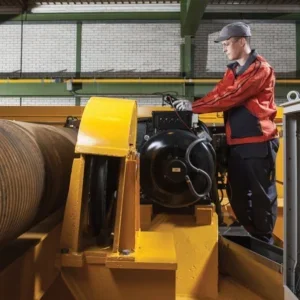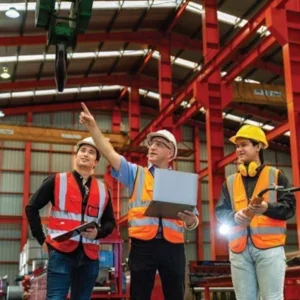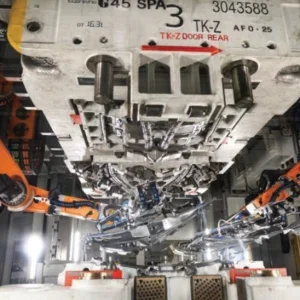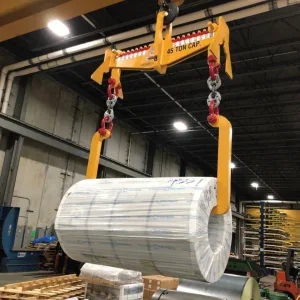The lifetime of cranes is an emotional subject. Crane guys seem to be required by law to reminisce about how much stronger and longer-lasting cranes used to be in the good old days.
In a sense, they are right: standard cranes, at least, are unlikely to last for the entire lifetime of a factory building.
Users need to get used to the idea that their cranes will wear out, and will need major upgrading or replacing.
But the ‘design life’ approach – that cranes start with a fixed lifetime that decreases slightly lift after lift – is user-unfriendly. To determine how far along the cranes are, users must record the lifts either directly with a black box or indirectly with factory processes.
This is not an impossible task when the records are all there and when they have been used to make similar products. But when the factory changes hands, or when cranes are added piecemeal and there are 50 of them, the management overhead is going to be too much.
A new generation of passive fatigue sensors tied into steel structures appears to be about to come to market (p.15). Provided they can work in reasonably hostile environments, they should help with the problem of crane wear in factories.
The sensors age as the structure does: permanently. Although they require some labour – occasional access to the trolley and end trucks – they themselves are the only record that crane users might need.






